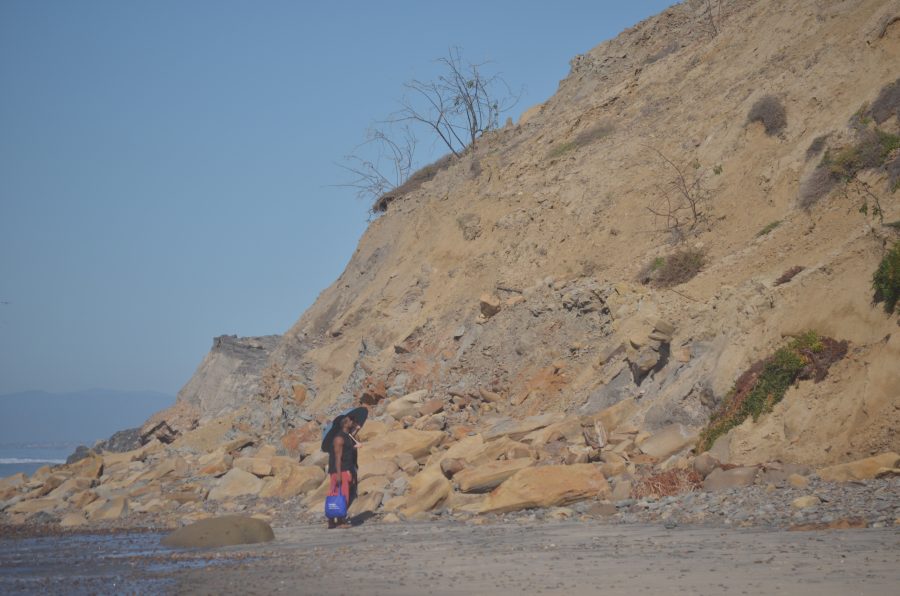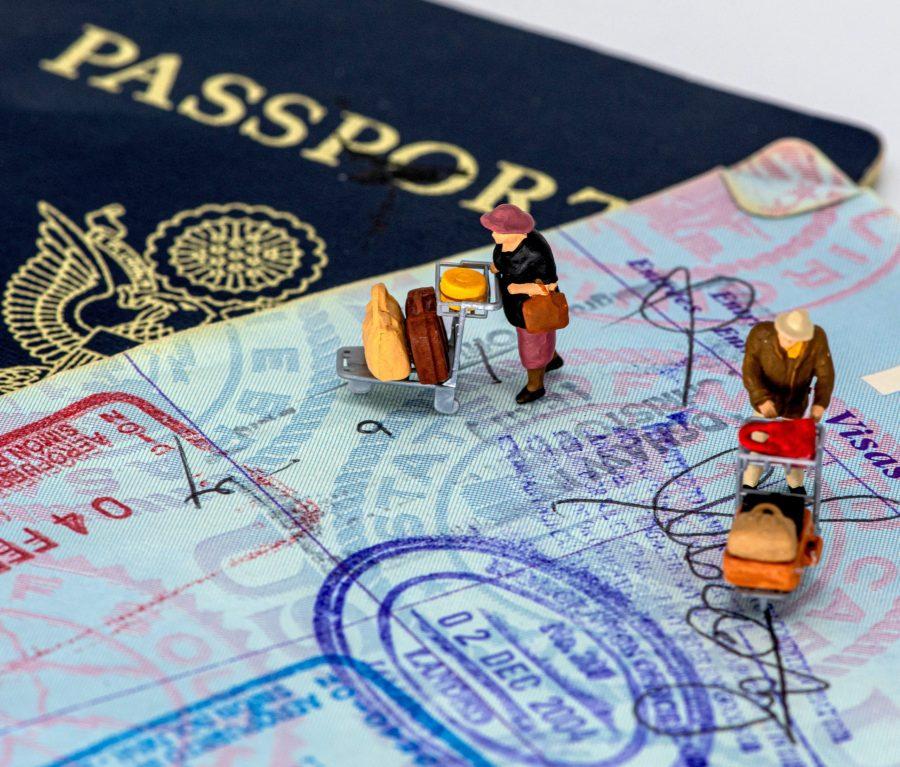STUDENT LIFE — In a society where political correctness and
an over-obsession with caution and safety prevail, there is very little wiggle
room for anything illicit. When such a guarded mantra is combined with
technology that allows anyone with an e-mail address to access unlimited
photos, blogs and social networks, the margin for those wishing to get away
with prohibited activities shrinks yet again. The question at hand is the
severity and implications of these prohibited actions that are now being
unearthed by social networking Web sites like Facebook and MySpace. Events that
decades ago would have, for the most part, gone unnoticed are now being harshly
punished, leaving this guinea pig generation of Internet users to struggle with
what technology offers and the need to adapt to and alter patterns of
socialization.
The recent allegation brought against Sigma Nu sheds light
on an issue that has always existed but has only recently, due to new
technology, become more dynamic and contentious: hazing.
Hazing is wrong, and no one should ever be made to do
anything against his or her will that causes any sort of physical or mental
harm. According to the Web site of Sigma Nu’s national headquarters, hazing is
defined as “any action taken or situation created, intentionally, whether on or
off fraternity premises, to produce mental or physical discomfort,
embarrassment, harassment or ridicule.” These are appropriate parameters that
ensure the safety and well-being of students, but when this definition of
hazing is subjectively interpreted and expanded, too many innocuous activities
get chastised along the way.
The fraternity has found itself in hot water because an
anonymous source informed the national headquarters of possible hazing occuring
within the UCSD chapter. The smoking gun used to build a case against Sigma Nu:
photos obtained from the Facebook profile of a few fraternity brothers. This
brings up a glaring example of how anybody can abuse such social networking
sites in order to strike a serious blow to both individuals and whole
organizations.
Neither local chapter President Robbie Holmes nor the
national Sigma Nu organization have yet to reveal the photos’ exact contents,
leaving the specific hazing incidents in question up for debate. Although
purely speculation, it is fair to assume that the pictures contain at least
some instances of underage drinking, which could fall under the category of
hazing, as it entails that the pledges were forced to drink in order to be
allowed into the fraternity.
It is one thing if the alleged Sigma Nu hazing pictures
showed senior members pinning a freshman pledge to the ground while forcing a
beer bong down his throat, but if the pictures turn out to show nothing more
than different varieties of underage drinking, then no serious punishment
should be dealt. Students join fraternities and sororities knowing very well
that it means partying and drinking, and in many cases, they pledge for those
exact reasons. The willingness of students to join these Greek organizations
under their own free will should be respected, and as long as there is no threat
of any real harm befalling them, then the students should be allowed to
discover for themselves what they have chosen to participate in.
There are, of course, examples of blatant hazing, and these
should be used as a platform to eliminate events that take initiation way too
far. In 2005, a Chico State fraternity pledge, Matthew William Carrington, died
after he was forced to drink excessive amounts of water, literally drowning to
death. Rumors and tales of hazing that would sicken the average UCSD student —
from naked “elephant walks” through the student center to defilement of private
property to forced public defecation — abound from other college campuses.
These incidents are glaring and disturbing, and should be avoided to maintain
civility and an overall sense of morality on college campuses.
Recently, these horrific examples have been clumped together
with comparably minor offenses under hazing’s wide umbrella, largely thanks to
the role played by social networking Web sites. It would be stupid for any
student to post pictures of a hazing event that obviously caused immense
damage, but there appear to be no such hesitations when it comes to posting
pictures of drinking at parties, as evidenced in the ubiquitous pictures of
students drinking that can be found on Facebook profiles. Without the
availability of hard evidence, the pictures showing less serious activities are
all that the authorities have in order to stop any hazing that may occur.
Underage drinking is illegal, and if students are caught in
person under the influence of alcohol, they’re in a situation to be justly
punished. If underclassmen are found drinking in a campus dorm, they are merely
written up and required to complete some community service. If a minor is
caught drinking at an off-campus party, more often than not the police simply
ask them to empty their drinks and leave the party. So why do pictures of
underage drinking found on Facebook merit more serious punishments?
With no frat row, Sigma Nu parties are thrown in houses scattered
around the greater San Diego area, and when these parties get busted by the
cops, most of the time the multitude of students that had just been partaking
in illegal activities are allowed off scot-free. Yet it is only now that the
red flag of “hazing” has been thrown up due to Facebook pictures that the
fraternity finds itself facing serious retribution.
It is absolutely ridiculous to use any content found on
these social networking sites as the sole evidence in a case. People can
straight-up lie in blogs to try and impress friends and rambunctious students
tend to exaggerate in front of a camera, adding embellished elements to the
photos found on their Facebook profiles. While there is a slight chance that
some information and pictures have been fabricated, the reality is that these
pictures are most likely indicative of students’ illegal actions. Although
these pictures may show a kid drinking alcohol, they do not prove that he did,
and that is the most important distinction that can be made. It is understandable
that authorities would see these pictures and use them as a starting point to
then gather more substantiated evidence, but on their own, the images are only
hearsay. Unless administrators can research and find out if the contents of an
incriminating photo are, in fact, valid, they should not be able to use these
pictures as the basis of prosecution.
The availability of pictures and blogs online has added a
new dimension of paranoia a la Big Brother. Students at parties must now make
sure not to be photographed with any incriminating substances, hiding their
beverages before pictures are snapped, or simply refusing to be in the picture
at all. Athletes in particular must make a concerted effort to portray images
of virtue, and considering it is a well-known fact that the UCSD sports teams
throw the best parties, this is often a very difficult task.
The recent suspension of the UCSD women’s ultimate Frisbee
team is a perfect example of what can now happen when a member of a sports team
carelessly posts pictures of generation-long customs. The yearly ultimate
Frisbee initiation party is not a site of ritualistic hazing, but a celebration
of the season to come and a warm welcome to a new batch of freshman players.
But when pictures were found on Facebook showing supposed underage drinking,
the team was suspended for the entire 2007-08 season.
The social outlets available to UCSD students are thin
enough as it is, so seeing Greek organizations and sports teams robbed of their
social components is a great travesty for student life. The national
headquarters of Sigma Nu is leading the hazing investigation of UCSD’s chapter,
leaving campus administrators with very little say in the subsequent
punishment. Considering administrators want to improve the university’s social
life with their creation of the Loft, a new campus nightclub, imagine the
statement that they would be sending students if they made a stand of
solidarity with Sigma Nu and campaigned for them to receive as little
punishment as possible from the national headquarters. Creating new areas for
socializing is easy enough for the school because it can claim all credit for
the innovation, but strengthening the already existent social groups would be a
much greater show of support for their supposed desire to eliminate UCSD’s
stereotype as UC Socially Dead.
The difference between malicious hazing and good-natured
socializing must be distinguished — if not, students will become frustrated
and huge levels of animosity will be created. Until administrators realize that
pictures found online are nowhere near enough evidence to unleash their
bureaucratic wrath, students must refrain from posting any complicit
information. Sigma Nu should not be made the scapegoat for all hazing, and
every effort should be made to keep administrators from exploiting the social
networking in which this generation of students has become so ingrained.







